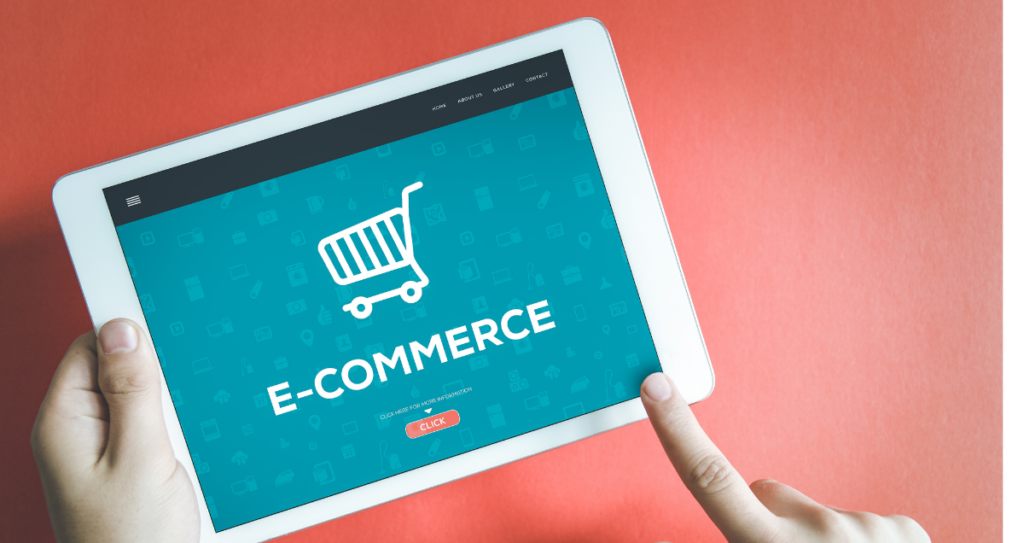
- Products
- Solutions
- Learn
- Partner
- Try Now
eCommerce marketplace sales are expected to reach $4.89 trillion in 2021. Witnessing the tremendous growth of eCommerce, many small and mid-scale businesses are planning to step into the market.
However, rather than listing products on Amazon, Walmart, Flipkart, it is the best time for companies to launch their own eCommerce marketplace. But the competition within the industry is something that every company worries about.
To survive in this cutthroat competitive industry, companies need to double their marketing efforts. The best thing firms can do is to follow a marketing approach that suits their business vertical.
Here’s a comprehensive guide about the multi-vendor eCommerce marketplace which shows how to promote a multi-vendor marketplace platform.
Constant Evaluation of Customers’ Requirement
Trying to implement marketing tips that change every hour in the dynamic eCommerce market is difficult even for seasoned marketers.
Also, setting up the marketplace without knowing the expectation of customers is a terrible plan.
Instead, it is important to focus on customers’ needs and behavior to understand the complete picture. Keeping this in mind can help you set an omnichannel platform that fulfills the void of the market.

Define your eCommerce Marketplace Format
eCommerce marketplaces come in two different categories:
1) Vertical Marketplaces
Showcase one type of product from different brands that cater to the particular market or target audience. The perks of selling to an audience are that the shoppers have a similar requirement. That makes offering an incredible customer experience much easier.
2) Horizontal Marketplaces
On the other hand, the horizontal approach sells many products with similar characteristics of different industries to one particular market and audience.
Between both the marketplace formats, defining the one ideal for you solely depends on your needs and analysis of the market segments.
But if you want to attract a large number of vendors of different industries, then a horizontal marketplace is a perfect format choice.
Developing Perfect Understanding of Customers
Collecting the customers’ demographic data helps you in marketing activities for your eCommerce marketplace.
E.g., offering deals, discounts based on the customer buying history. This will help you offer products that your customers would love to buy instantly as soon as they can see them.
The data-driven marketing technique enables marketers to offer the right product at the right time to the customers.
But that’s not the only benefit of data. Modern data-based marketing includes:
- Offer personalised marketing content to the customers.
- Leverage data to gain new customers across different channels.
- Brands can change their marketing strategies anytime.
Read on- 6 Reasons to Begin Your eCommerce Business from Home

Stages of eCommerce Sales Funnel
eCommerce sales funnel describes the route of customers’ journey from getting awareness of your brand to buying a product. The journey includes subscription-based models, customer retention strategies, etc.
It is important to know each stage of the eCommerce sales funnels in order to optimize each stage for maximum sales. There are 4 basic stages of the eCommerce sales funnel:
1. Awareness
Customers in this stage get the awareness of your brand. They might come to know about your platform from organic search, social media marketing, Google Ads, referrals, and other marketing techniques performed by the company.
2. Interest
Now that your customers have been hooked on your platform, you can’t let them go. Continue to give them informational and entertaining value to keep them engaged.
3. Decision
Customers in this stage make a final preference. This is a great time to send personalised content to push the customer towards making the purchase.
4. Purchase
This is the ultimate stage of the eCommerce sales funnel. An enhanced user experience throughout the sales funnel can translate to easy purchase decisions by the customer. After this stage, you can focus on retargeting ads to new potential customers for more sales.
Well, according to a study, it cost less to retain an existing customer than to generate a new lead. Existing customers spend 67% more than new customers. Thus, it is important for businesses to focus on aftersales activities as well to retain the old customers.
Partner with Online Vendors for Promotion
Catering to your third-party vendors’ marketing requirement is a direct facet to generate traffic to your platform.
Support the vendors by sharing marketing tips and promotion methods. That way, each business generates huge traffic numbers.
Share promotional content that helps vendors in marketing and ensure the resources are easily available to them.
Use Email Marketing Strategies
Email marketing is used to send more personalised content. According to a Statista report, a personalised content email has a 5% higher open rate than an email without personalisation.
Create an email layout that comprises the key point of why the vendor should opt for your eCommerce marketplace. Add tips, tricks, and guidelines with a link to the “About Us” page. This will help vendors understand email marketing tips that help them sell products on the platform.
Share Data Insight with Vendors
Along with sharing promotion techniques, create a way to share statistical data with sellers.
This will help vendors use statistics in more efficient content marketing. For example, eBay regularly shares valuable data with vendors so they can improve their performance.
You can even start by sharing newsletters full of valuable insights like marketing tips with your sellers. Also, advise them to keep evaluating their performance which can help them improve business sales.
Rating and Reward System
Integrating a system that showcases the achievement of third-party vendors like ratings develops a competitive spirit among vendors.
For example, eCommerce player Amazon displays seller ratings which depend on metrics such as shipping time, customer inquiries, feedback and much more to motivate its sellers.
Through these ratings, vendors can display their achievements on social media platforms for brand authority.
Enrich Your Promotion with the Industry Valuable Insights
Learning from the top eCommerce companies is crucial when you are playing in such a highly competitive environment.
Amazon is doing a wonderful job in understanding its customers’ requirements and constantly improving customer experience.
For example, the feature which enables users to filter products based on price, best sellers, brands, vendors, etc. attract retailers to use Amazon’s multi-vendor eCommerce platform.
Consumers save a lot of time that they would have otherwise wasted looking for vendors and items that suit them. By putting minimum information requests related to the product that they want, they simply select the product of the right vendors.
You can also use this strategy and offer similar features to buyers within your virtual shopping mall.
Going through the promotion strategies followed by your competitors helps you find gaps and fill the void. It helps you attract more vendors for your eCommerce web-based marketplace.
Read on – Yelo vs Shopify: The Best Multi-vendor Marketplace
How to Launch Your eCommerce Marketplace
Launching an eCommerce marketplace allows you to offer various brands’ products to the target audience without any hassle. However, a lack of technical knowledge or big budgets can kill the dream of running an online marketplace. But, platforms like Yelo by Jungleworks offer an eCommerce solution with readymade features like inventory management, order management, social signups, chat support, multiple payment gateways, and much more that best suit your business vertical at an affordable cost.
Subscribe to stay ahead with the latest updates and entrepreneurial insights!

Subscribe to our newsletter
Get access to the latest industry & product insights.





















